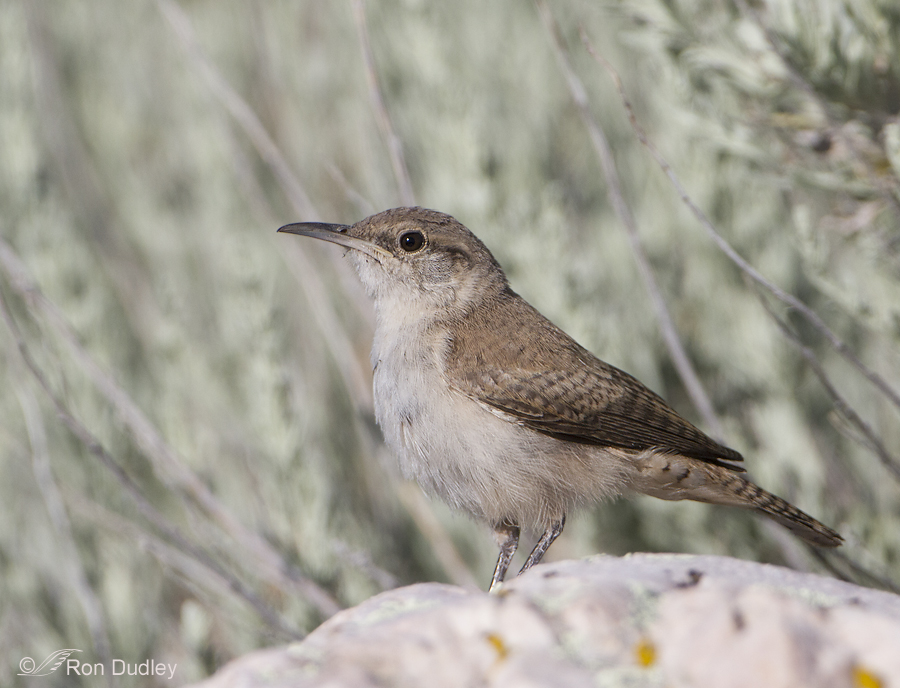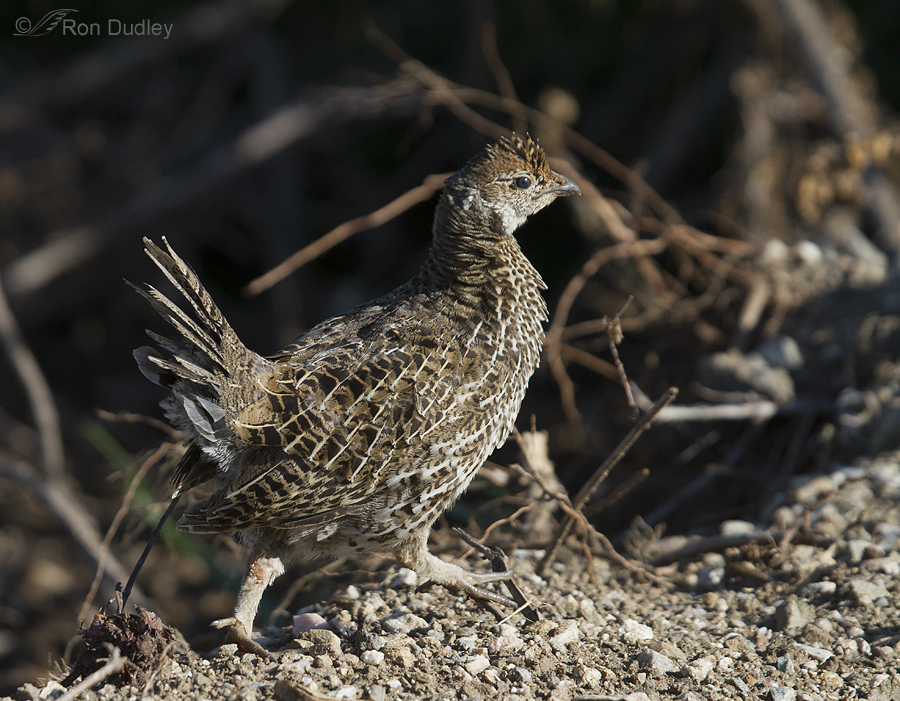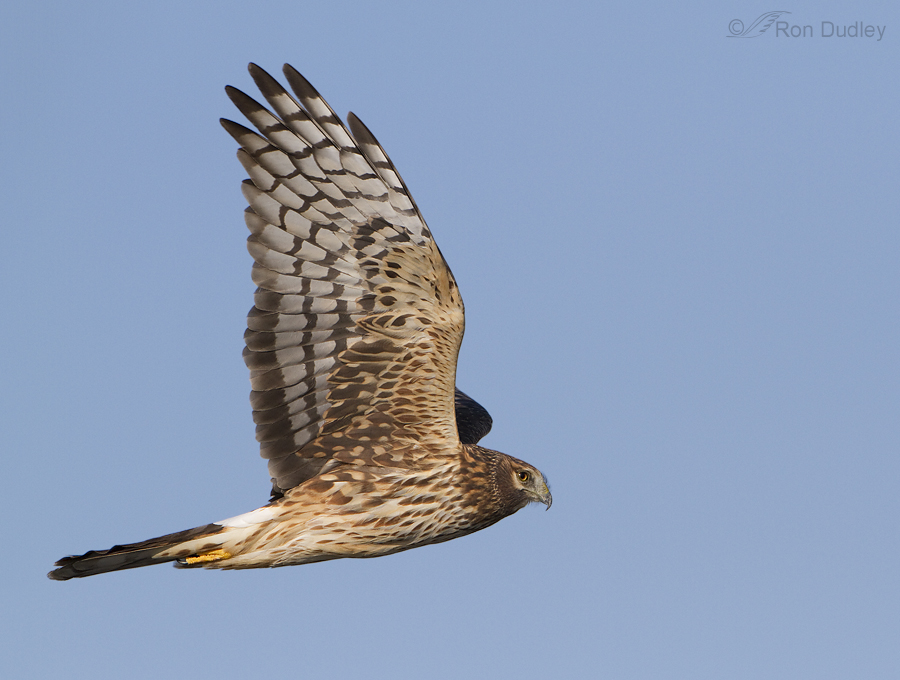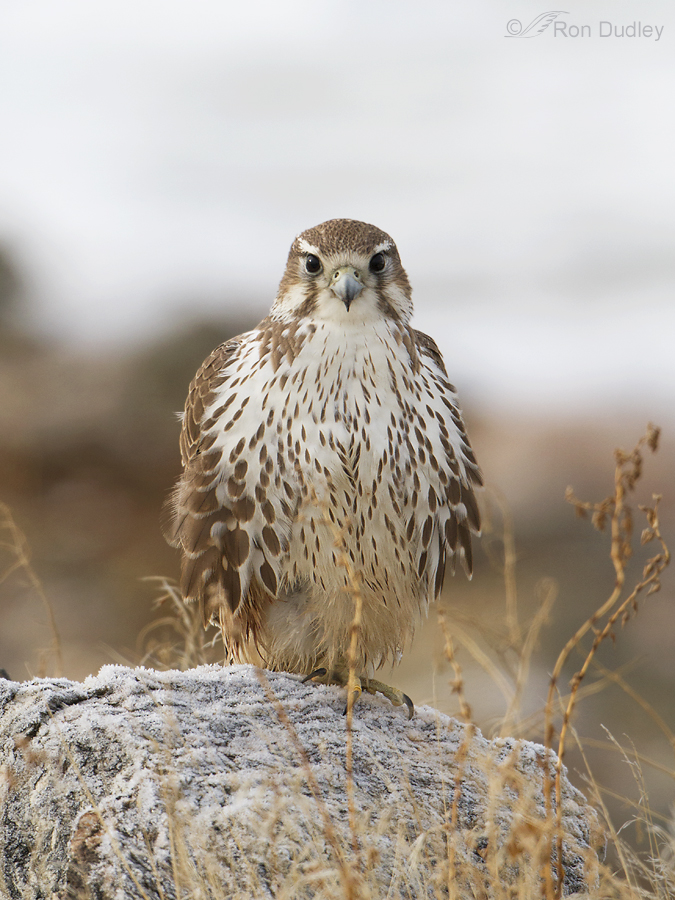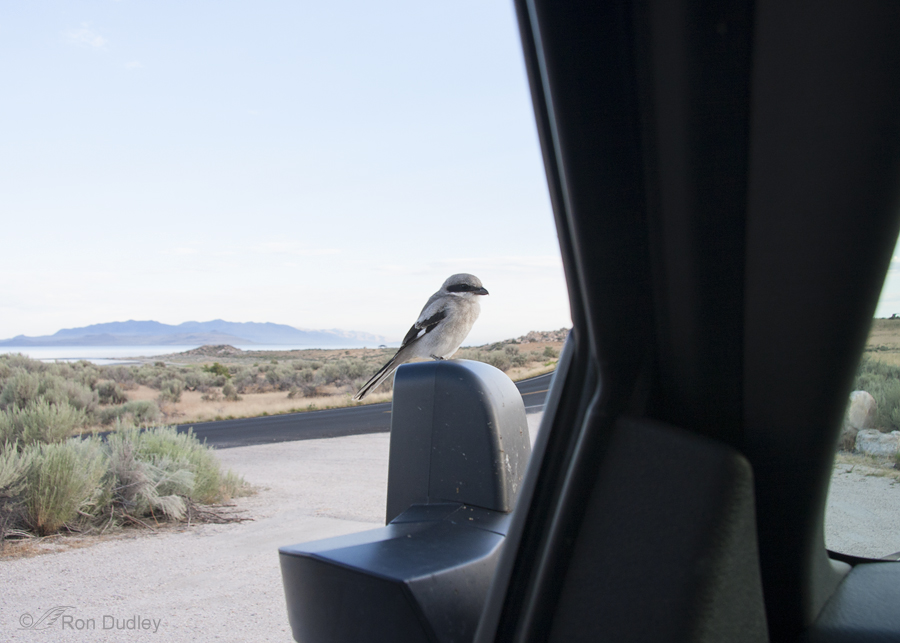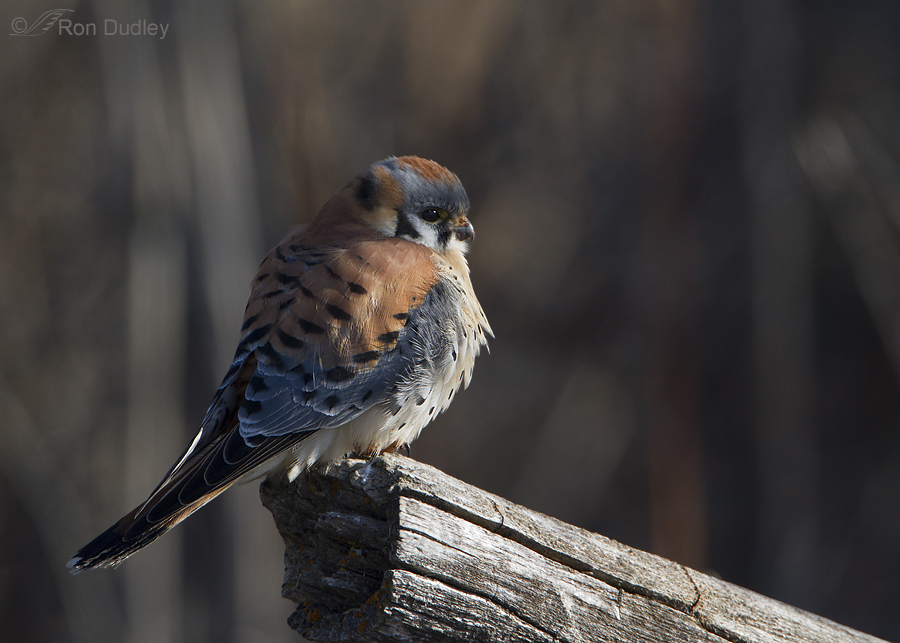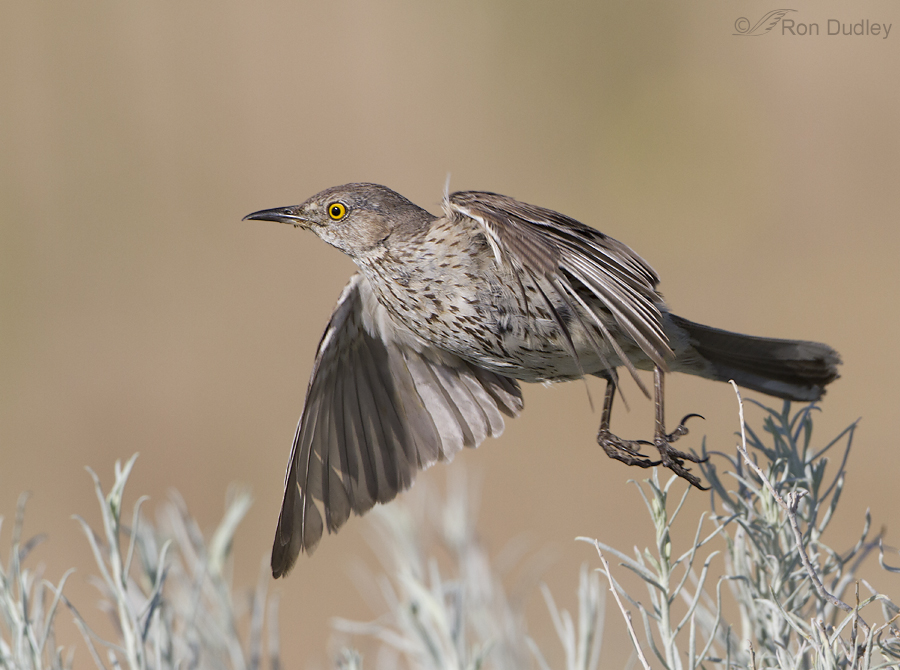A Red-tailed Bon Voyage
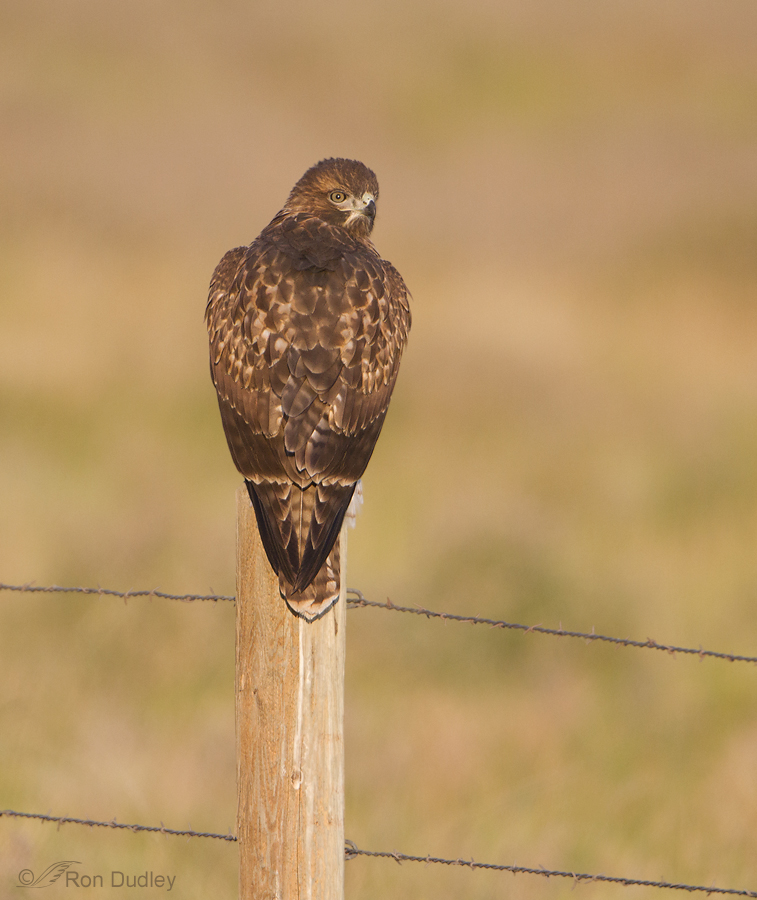
Typically I don’t have high hopes of getting any decent shots during the almost 30 mile drive on a dirt/gravel road from our usual camping spot to the first paved road. Imagine if you can the noise, the dust and the bird-scattering spectacle of my pickup and camping trailer rattling down the rocky road – a situation not conducive to getting anywhere near spooky birds.
A Wren By Any Other Name…
Dusky Grouse
Loggerhead Shrikes – A Color Change I Don’t Understand
I’m confused about a color change I’m seeing in Loggerhead Shrikes. 1600, f/7.1, ISO 640, 500 f/4, 1.4 tc, natural light, image taken 4/26/13 on Antelope Island For most of the year the adults I see have a white or pale ventral surface (belly, breast and sides) which is exactly as described in the field guides and other resources I have access to. 2500, f/6.3, ISO 640, 500 f/4, natural light, image taken 7/3/13 on Antelope Island But beginning in about early July there’s a fairly dramatic change that is not addressed in my field guides. That white plumage turns significantly darker and an almost black area on the upper breast appears. This is about the time they’re fledging chicks around here and when I first noticed this several years ago I wondered if the birds were simply becoming “dirty” as they scurried around trying to feed and care for those very demanding youngsters. But now I’m pretty sure that’s not the case. All of the adult Loggerhead Shrikes I see go through this change to some degree or another. 3200, f/5.6, ISO 640, 500 f/4, 1.4 tc, natural light, image taken 7/14/13 on Antelope Island Here’s another (pretty silly looking) example. This is also the time of year when these birds are molting so I wondered if I was somehow seeing black skin (some birds do have black skin) through very skimpy plumage that time of year and I was somehow mistaking it for black feathers. But as you can see in this preening, molting adult, their skin…
Northern Harrier Gaining Altitude
Prairie Falcon On A Frosty Rock
Enveloped By Shrikes!
Green-tailed Towhee
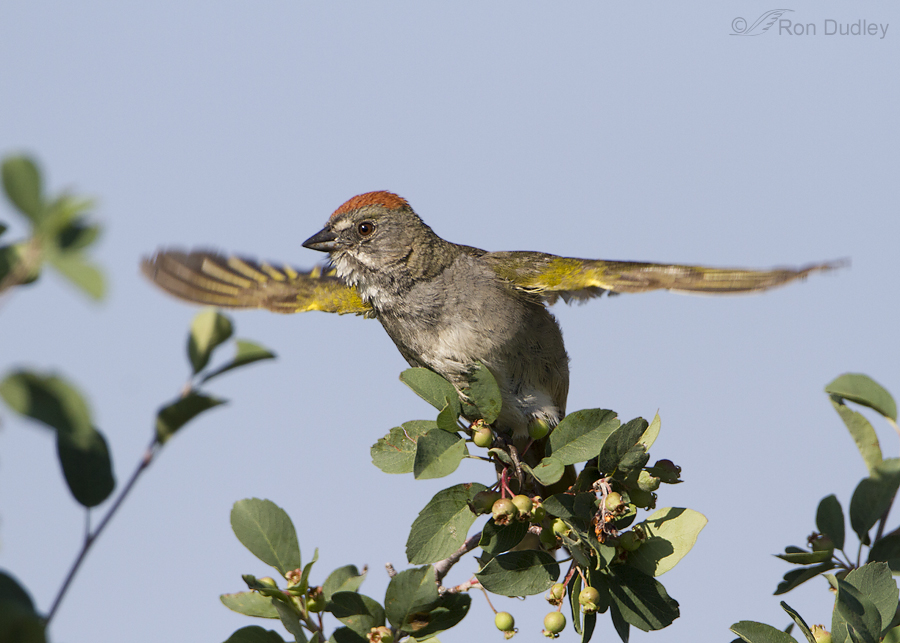
As I mentioned on this blog a couple of months ago I’ve been after quality images of the Green-tailed Towhee for years but they’ve always eluded me. This species has a special place in my heart and memory because it was my field project study species back in 1969 when I took a college ornithology class at the University of Utah from the legendary Dr. William H. Behle. That class provided the inspiration for my almost life-long love of birds. I’ve been trying to get some nice images of them for years now but their secretive nature and my bad luck always got in the way.







